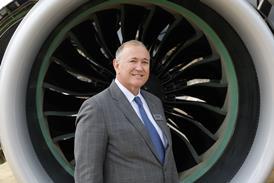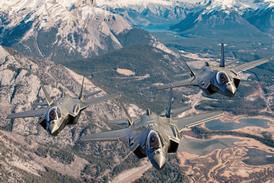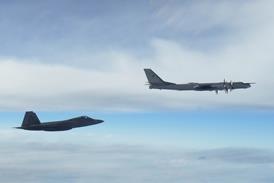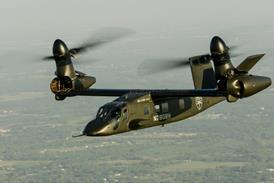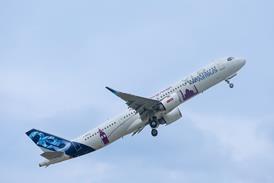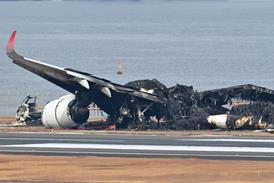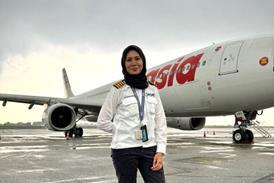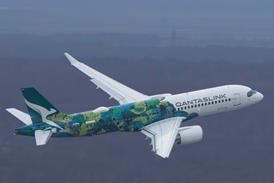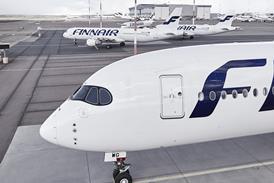STEPHEN TRIMBLE / WASHINGTON DC
Turboprop and propeller chosen for USN's Multi-mission Maritime Aircraft requirement
Lockheed Martin has selected a 7,000shp (5,220kW)-class engine and an eight-bladed propeller combination to power its Orion 21 P-3C derivative on offer to meet the US Navy's Multi-Mission Maritime Aircraft (MMA) requirement.
The Pratt & Whitney Canada PW150A turboprop was selected over the Rolls-Royce AE2100 powerplant, breaking the latter company's lock on Lockheed Martin's turboprop-powered airlifters, including the P-3, C-130J and C-27J. Lockheed Martin also selected Hamilton Sundstrand's eight-bladed NP2000 propeller, first produced for the navy's Northrop Grumman E-2C Hawkeye and C-2 Greyhound retrofit programmes.
Lockheed Martin's announcement comes two weeks before bids are due on a contract for at least 100 aircraft, worth an estimated $3 billion. A rival bid is expected from Boeing, which is offering a militarised version of the next-generation 737 airliner. The navy's decision, due in the spring, thus pits a twin-engine jet against a four-engine turboprop.
Until now, Lockheed Martin has kept details of its bid a closely guarded secret. It has selected a powerplant that offers more than 2,100shp per engine over the P-3C's current Allison T-56-A-14s. The added thrust will improve the aircraft's maximum ceiling from 28,000ft (8,540m) to at least 35,000ft.
Other performance improvements include a 60% shorter take-off roll, 27% more fuel efficiency and 50% faster thrust response while on station.
Lockheed Martin executives say the vibration problems that dogged the introduction of the P150A into commercial service and delayed the development of the E-2C's NP2000 propeller have been resolved.
Despite Lockheed Martin's long association and deeply rooted installed base with Rolls-Royce engines, the company says that introducing a P&WC propulsion system should not increase operating costs if the navy selects the P150A-powered Orion 21, as the MMA contract calls for the original equipment manufacturers to provide direct support to the flee
Source: Flight International



